Roman districts
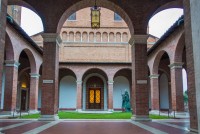
Aventine Hill – a place of peace, harmony and spiritual enrichment
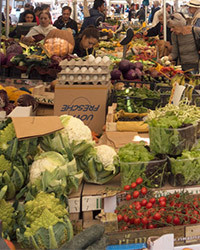
Campo de’Fiori – a field full of flowers, bloodbaths, and market stalls
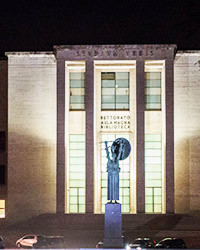
Città Universitaria – the pride of Fascists: between academic monumentalism and rationalism
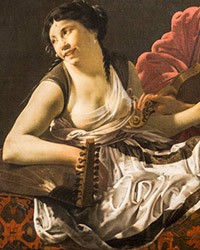
Dzielnica czerwonych latarni – sekretne życie Wiecznego Miasta
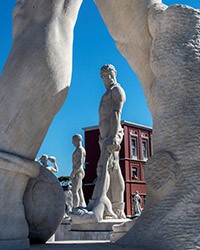
Foro Italico – an enclave of the cult of Mussolini and his empire
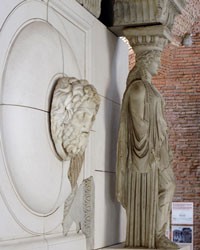
Forum of Augustus (Forum Augustum) – a complex in his own honor and that of religion
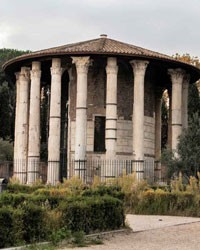
Forum Boarium – an ancient place of trade and cult

Forum of Caesar (Forum Iulium) – discreet ambitions of a dictator, meaning a square in his own honor
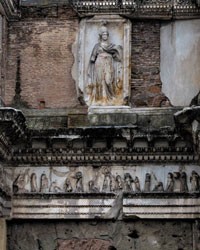
Forum of Nerva – an unfinished work of a condemned emperor
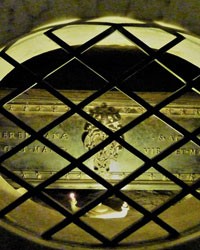
Catacombs of St. Agnes – burial in the shadow of a famous martyr
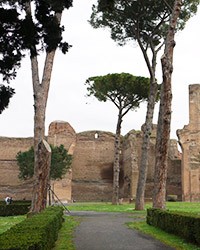
Small Aventine – in search of ancient and early Christian Rome
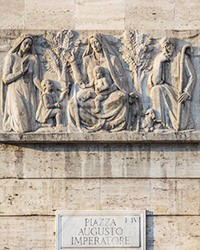
Piazza Augusto Imperatore – in the service of historical policy
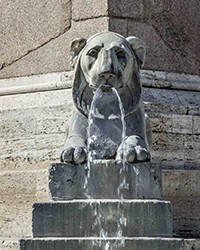
Piazza del Popolo – the calling card of the city: a prestigious, elegant and representative location
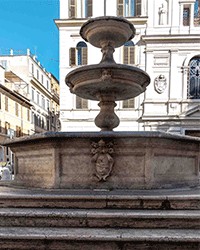
Piazza della Madonna dei Monti – a place not for tourists, picturesque and lively
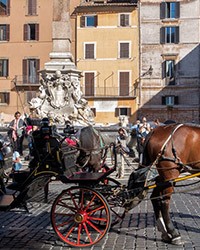
Piazza della Rotonda – the tribulation of popes, a square cleaned for centuries
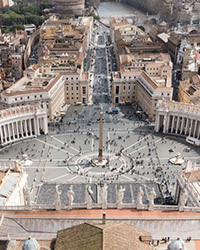
Piazza di San Pietro – an ingenious idea of two visionaries
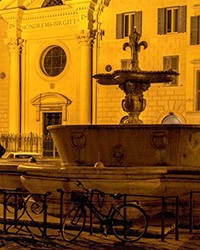
Piazza Farnese – a place enthralling at night and imposing during the day
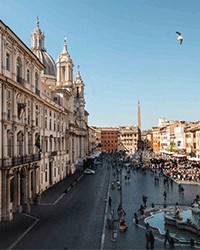
Piazza Navona – from a stadium to a representative salon of the pope
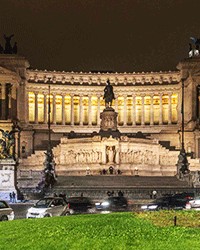
Piazza Venezia – the vibrant heart of Rome
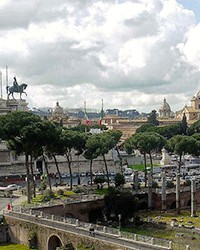
Via dei Fori Imperiali – an axis with political and ideological roots
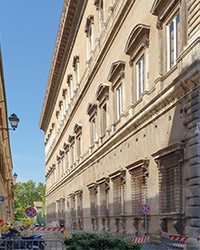
Via del Mascherone – a place of prayers, moans, and cries
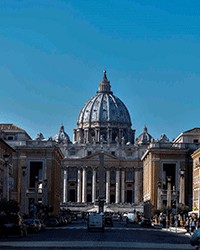
Via della Conciliazione – a road to reconciliation, and at the same time the beginning of a new era for the Church
Zgodnie z art. 13 ust. 1 i ust. 2 rozporządzenia Parlamentu Europejskiego i Rady (UE) 2016/679 z 27 kwietnia 2016 r. w sprawie ochrony osób fizycznych w związku z przetwarzaniem danych osobowych i w sprawie swobodnego przepływu takich danych oraz uchylenia dyrektywy 95/46/WE (RODO), informujemy, że Administratorem Pani/Pana danych osobowych jest firma: Econ-sk GmbH, Billbrookdeich 103, 22113 Hamburg, Niemcy
Przetwarzanie Pani/Pana danych osobowych będzie się odbywać na podstawie art. 6 RODO i w celu marketingowym Administrator powołuje się na prawnie uzasadniony interes, którym jest zbieranie danych statystycznych i analizowanie ruchu na stronie internetowej. Podanie danych osobowych na stronie internetowej http://roma-nonpertutti.com/ jest dobrowolne.